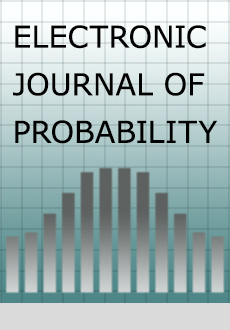Abstract
The planted bisection model is a random graph model in which the nodes are divided into two equal-sized communities and then edges are added randomly in a way that depends on the community membership. We establish necessary and sufficient conditions for the asymptotic recoverability of the planted bisection in this model. When the bisection is asymptotically recoverable, we give an efficient algorithm that successfully recovers it. We also show that the planted bisection is recoverable asymptotically if and only if with high probability every node belongs to the same community as the majority of its neighbors.
Our algorithm for finding the planted bisection runs in time almost linear in the number of edges. It has three stages: spectral clustering to compute an initial guess, a “replica” stage to get almost every vertex correct, and then some simple local moves to finish the job. An independent work by Abbe, Bandeira, and Hall establishes similar (slightly weaker) results but only in the case of logarithmic average degree.
Citation
Elchanan Mossel. Joe Neeman. Allan Sly. "Consistency thresholds for the planted bisection model." Electron. J. Probab. 21 1 - 24, 2016. https://doi.org/10.1214/16-EJP4185
Information





